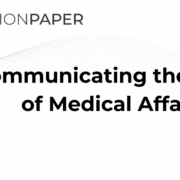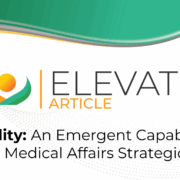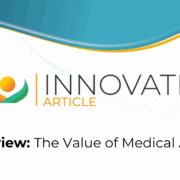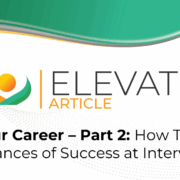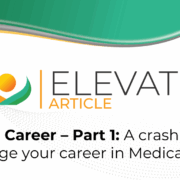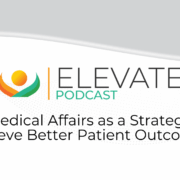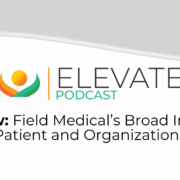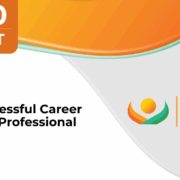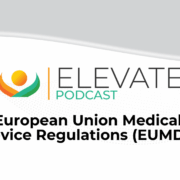A Compelling Strategic Role for Medical Affairs in the Context of the new EU MedTech Regulations
This article provides an overview of the new MedTech European regulatory environment and opportunities for the Medical Affairs function to evolve and bring value to the respective organizations.


